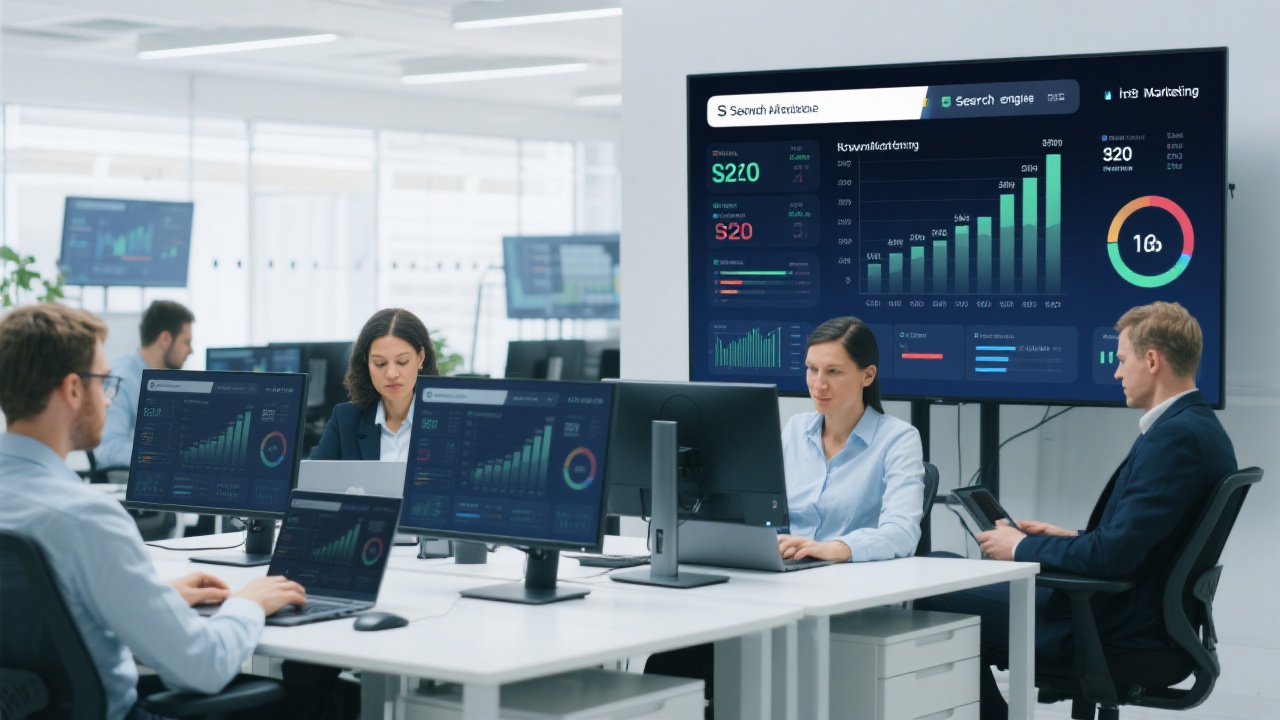
For SMEs struggling with content production for SEO, understanding how AI can comprehend search engine rules in real - time and adjust content structures automatically is crucial. Search engines like Google and Bing constantly update their algorithms to provide users with the most relevant and high - quality content. AI in intelligent website - building systems uses machine learning models to analyze these algorithmic changes.
For example, it can identify patterns in how search engines rank pages based on factors such as keyword relevance, content freshness, and user engagement. When a new algorithm update occurs, the AI can quickly adapt. It examines the new rules and modifies the content structure of the website accordingly. This might involve re - arranging headings, adjusting paragraph lengths, or even rewriting parts of the text to better match the updated criteria. In one case, a European e - commerce B2B website saw a 30% increase in organic traffic within two months after implementing an AI - driven SEO system that could adapt to algorithm changes.

TDK tags (Title, Description, and Keywords) play a vital role in SEO. The AI in the intelligent website - building system can generate optimized TDK tags. It analyzes the content of the page and relevant keywords to create a title that is both catchy and keyword - rich. The description is crafted to entice users to click through, while the keywords are carefully selected to match the search intent.
For instance, a Southeast Asian electronics B2B company used this feature. The AI generated TDK tags for their product pages, and as a result, the click - through rate from search results increased by 25%. The process is automated, meaning that even if you don't have in - depth SEO knowledge, you can have well - optimized TDK tags for your website.
Proper keyword allocation is essential for ranking well in search results. The AI system can analyze the overall website content and distribute keywords evenly across different pages. It takes into account the competition level of keywords and the importance of each page. For example, high - traffic and high - competition keywords can be placed on the homepage, while long - tail keywords can be used on product - specific or blog pages. This intelligent allocation ensures that the website has a balanced keyword strategy.
Beyond simple keyword matching, content semantic optimization is about understanding the meaning behind the words. The AI can analyze the context of the content and make semantic improvements. It can replace words with more relevant synonyms, add related concepts, and improve the overall flow of the text. A North American machinery B2B website used this feature and noticed a 40% improvement in content relevance scores from search engines.
The intelligent website - building system has a powerful competitor analysis mechanism. It monitors the keywords used by competitors and their ranking positions. Based on this data, it can formulate counter - strategies. For example, if a competitor is ranking well for a particular set of keywords, the system can suggest alternative keywords or new content topics to target.
By regularly analyzing competitor data, a B2B website can stay ahead in the SEO game. In a study of 50 B2B websites, those that actively used the competitor analysis feature saw an average of 20% more organic traffic compared to those that didn't.

Let's look at the SEO improvement data of typical customers in different markets. In the European and American markets, a furniture B2B company used the AI - driven SEO system. Before implementation, their monthly organic traffic was around 500 visitors. After six months of using the system, the traffic increased to 2000 visitors, a 300% increase. In the Southeast Asian market, a textile B2B business had an initial monthly organic traffic of 300 visitors. After four months of using the system, the traffic reached 1200 visitors, a 300% growth as well.
These data clearly show that the AI - driven SEO system can achieve significant results in different markets.
From configuration to iteration, there is a standardized process for operators. First, during the configuration phase, operators need to input basic information about the website, such as industry type, target market, and initial keywords. The system then uses this information to set up the initial SEO settings.
Next, during the operation process, the system continuously monitors and analyzes data. Based on the data feedback, operators can make iterative improvements. For example, if the system detects that a certain page has a low click - through rate, operators can adjust the TDK tags or content based on the system's suggestions. This standardized process allows operators without advanced technical skills to effectively use the AI - driven SEO system.

Overall, the AI - driven intelligent website - building SEO system offers a comprehensive solution for SMEs in the B2B sector. It can help them break through the overseas customer acquisition bottleneck without the need to understand complex coding. With features like automatic TDK tag generation and intelligent keyword allocation, it can generate high - ranking articles with just one click. If you are looking to enhance your B2B website's SEO performance, click here to learn more.
.png?x-oss-process=image/resize,h_100,m_lfit/format,webp)
.png?x-oss-process=image/resize,h_100,m_lfit/format,webp)

.png?x-oss-process=image/resize,h_100,m_lfit/format,webp)
.png?x-oss-process=image/resize,h_100,m_lfit/format,webp)
.png?x-oss-process=image/resize,h_100,m_lfit/format,webp)
.png?x-oss-process=image/resize,h_100,m_lfit/format,webp)
